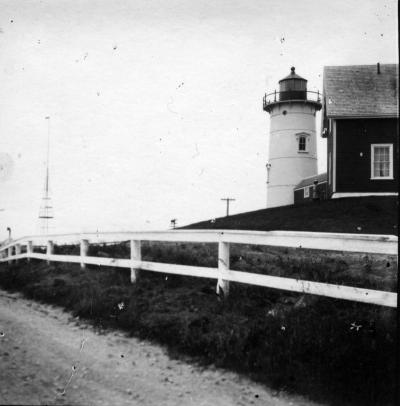Filtering by
- Creators: Marine Biological Laboratory Archives

Serial femtosecond crystallography requires reliable and efficient delivery of fresh crystals across the beam of an X-ray free-electron laser over the course of an experiment. We introduce a double-flow focusing nozzle to meet this challenge, with significantly reduced sample consumption, while improving jet stability over previous generations of nozzles. We demonstrate its use to determine the first room-temperature structure of RNA polymerase II at high resolution, revealing new structural details. Moreover, the double flow-focusing nozzles were successfully tested with three other protein samples and the first room temperature structure of an extradiol ring-cleaving dioxygenase was solved by utilizing the improved operation and characteristics of these devices.

X-ray free-electron lasers provide novel opportunities to conduct single particle analysis on nanoscale particles. Coherent diffractive imaging experiments were performed at the Linac Coherent Light Source (LCLS), SLAC National Laboratory, exposing single inorganic core-shell nanoparticles to femtosecond hard-X-ray pulses. Each facetted nanoparticle consisted of a crystalline gold core and a differently shaped palladium shell. Scattered intensities were observed up to about 7 nm resolution. Analysis of the scattering patterns revealed the size distribution of the samples, which is consistent with that obtained from direct real-space imaging by electron microscopy. Scattering patterns resulting from single particles were selected and compiled into a dataset which can be valuable for algorithm developments in single particle scattering research.

Single particle diffractive imaging data from Rice Dwarf Virus (RDV) were recorded using the Coherent X-ray Imaging (CXI) instrument at the Linac Coherent Light Source (LCLS). RDV was chosen as it is a well-characterized model system, useful for proof-of-principle experiments, system optimization and algorithm development. RDV, an icosahedral virus of about 70 nm in diameter, was aerosolized and injected into the approximately 0.1 μm diameter focused hard X-ray beam at the CXI instrument of LCLS. Diffraction patterns from RDV with signal to 5.9 Ångström were recorded. The diffraction data are available through the Coherent X-ray Imaging Data Bank (CXIDB) as a resource for algorithm development, the contents of which are described here.





